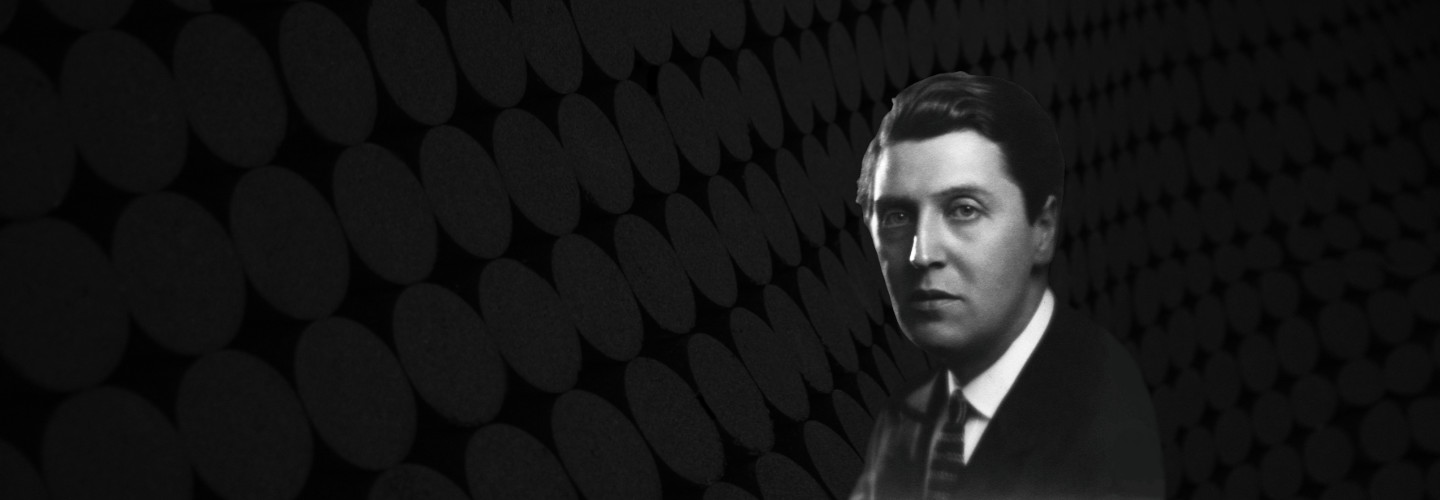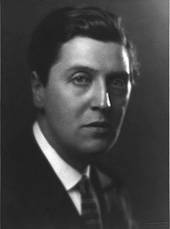


Alban Berg
Passacaglia
Short instrumentation: 1 1 2 1 - 1 1 0 0 - perc, hp, cel, str
Duration: 5'
Bearbeitet von: Klaus Simon
Instrumentation details:
piccolo (+fl)
cor anglais (+ob)
clarinet in Bb
bass clarinet in Bb (+cl(Bb))
bassoon
horn in F
trumpet in Bb
percussion
harp
celesta
violin I
violin II
viola
violoncello
double bass
The stimulus and commission for this arrangement came from Sebastian Solte and Zafraan Ensemble from Berlin, which wanted another piece by Berg for its repertoire along with my instrumentation of the Op. 5 Pieces for Clarinet. The Zafraan Ensemble consists of a fixed core group of 10 musicians (flute, clarinet, saxophone, percussion, harp, piano, violin, viola, cello and contrabass); accordingly, the commission was to be expressly written for that instrumentation, which turned out to be a great challenge.
Previously I had always decided on a scoring for my arrangements essentially consisting of all the usual wind and string instruments (i.e. including oboe, bassoon, horn, usually harmonium or accordion and always a second violin); this time, it was a real, additional challenge to create a version for this smaller and above all distinctly more heterogeneous ensemble, a version which would be viable and yet do justice to Berg. The saxophone, for instance, is reminiscent of Lulu and the Violin Concerto.
Berg conceived his Passacaglia (elaborate up to bar 102) for large orchestra. This is clear from the short score which Siegfried Borries adapted for very large orchestra in 1999 after Berg’s indications in the short score; since then, it has garnered considerable attention. With its fragmentary character, its borderline tonality (I have retained the D-minor key signature, although the tonic is never really confirmed) and its atonality, this piece is an intriguing product of Berg’s workshop and shall be made available for discovery in the chamber setting through this arrangement for ensemble. Additionally, I have made a second version (the “Freiburg version”) with the same basis as my ensemble scoring of the Op. 5 Pieces for Clarinet, so that these two pieces, both from 1913, can easily be combined on concert programmes.
Klaus Simon
